The Lives of Girls and Women
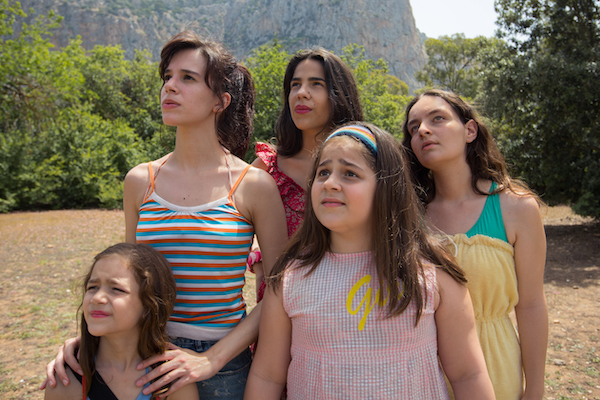
Many of us are familiar with the horrific 2014 attacks by Islamic State fighters (ISIS) on the Yazidi Kurdish minority in northern Iraq, from various news stories. Especially reprehensible were the forced “marriages” of Yazidi girls and young women to ISIS soldiers, who basically used them as sex slaves. Now, MTV Documentary Films brings us right into that incomprehensible world with Sabaya (a term loosely translated as “sex slave”), a riveting documentary by Kurdish/Swedish director Hogir Hirori.
Guarded by Kurdish forces, 73,000 ISIS supporters are held in the Al-Hol Camp in Syria, along with many of the Yazidi women and girls they have abducted. Many of these women—several of whom witnessed their families being murdered by their captors—were taken in their early teens and have spent their entire adolescence enslaved. Sabaya follows an incredibly intrepid and determined group of volunteer Yazidis who repeatedly risk their lives trying to rescue as many women and girls as possible from Al-Hol, considered the most dangerous camp in the Middle East.
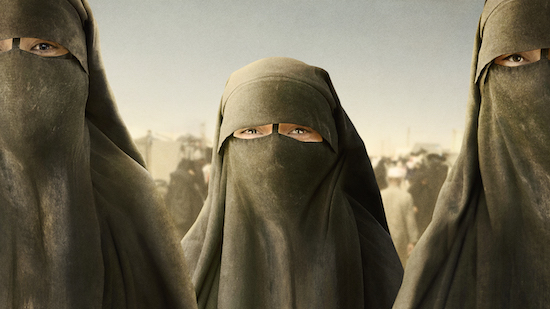
Mahmud and Ziyad of the Yazidi Home Center lead the rescue group, whose mission it is to bring the girls back home to their families, or whatever is left of them. Constantly monitoring their phones and almost as often losing cell service, the two men patiently plot nighttime raids on the camp, armed with guns and information from female infiltrators, many of whom are former sabaya.
We ride along and witness the tense search of myriad mazelike tents, as the group look for specific girls they know are being held there. Often they come up empty, as the girls have been moved, though there is a lot of forceful denial from the women who have been tasked with watching over the sabaya; their lives are undoubtedly in danger as well. The volunteer group are sometimes followed and shot at by ISIS supporters; it’s clear that they could easily be killed for their actions.
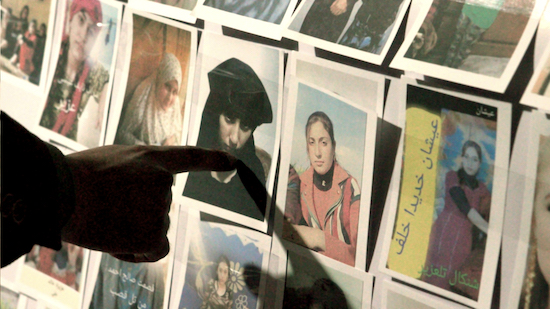
When they do manage to rescue a girl, she is often traumatized, as in the case of Leila, who talks about suicide. Another girl, Mitra, now seven, was only a year old when she was taken from her home. The girls are cared for by Mahmud’s wife and mother, and they connect with other young women who have suffered the same fate. Once they have amassed enough rescuees, the tireless Mahmud and Ziyad drive them home to Sinjar in northern Iraq, where they are exchanged for a group of former sabaya, who are then trained to infiltrate the camp.
The rescued girls of Sabaya, in their t-shirts and skinny jeans, are typical teens in many ways, a reminder that atrocities against girls and women everywhere occur far too easily and frequently. Though 206 Yazidi girls and women had been rescued from ISIS at the time the film was made, over 2,000 were still missing.
Sabaya is currently playing at Film Forum in Manhattan and other theaters.
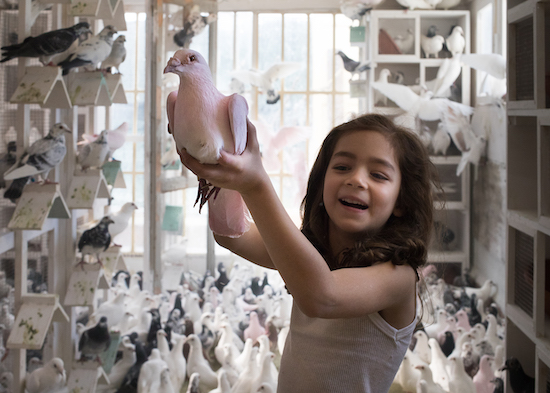
The Macaluso Sisters, Emma Dante’s film adaptation of her play of the same name, is a haunting, beautifully shot drama that builds to a poignant and graceful ending. The story of five orphaned sisters in working-class Palermo, Sicily, and the tragedy that shapes their lives, is shown in three time frames, beginning when the siblings are around 5 to 20 years old. (Twelve different actors portray the sisters at various stages). Surprisingly, the narrative doesn’t seem to have lost any of its power in its transition from stage to film. That is certainly a testament to Dante’s skill in translating what could have been an unwieldy work.
The sisters—wiry, responsible Maria, who longs to be a ballet dancer; tempestuous, make-up loving Pinuccia; odd, literature-obsessed Lia; chubby, fun-loving Katia, and the precocious youngest, Antonella—live in a rambling, old apartment in Palermo, where they keep doves and pigeons on the roof, renting them out for weddings and other events. Though life seems chaotic and there’s a fair amount of familial bickering, the sisters clearly share a strong bond. The apartment’s dark, cluttered rooms are contrasted with the doves’ sunny rooftop aerie, which also functions as a playroom for the sisters.
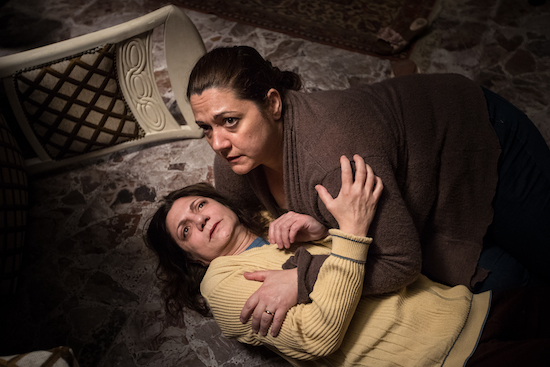
One day, the girls make an excursion to Charleston Beach, a busy city facility with an old-fashioned pavilion, where they splash happily in the water and lead a bunch of other kids in a dance on the water’s edge. While Maria meets a friend with whom she shares a delirious kiss, there is a catastrophe we don’t quite see. The film then jumps ahead several years to middle age, when the married Katia visits the house to attend a dinner arranged by Maria, who still lives there with Pinuccia and Lia. It soon becomes apparent how the tragedy of that day has affected them all. There is much arguing, a physical altercation, and a terrible announcement. As in the first act, Dante pauses the action every once in a while to present melancholy stills of various rooms in the house; even without their occupants, the rooms resonate with the lives lived there.
Several other repeated motifs throughout—broken plates, birds flying overhead, as well as recurring interactions between sisters, even when they’re not physically present—give the film a lyrical, poetic quality.
By the last act, as the house is emptied out, we keenly feel the end of the sisters’ saga and the inevitable push of time itself. Messy, moving, raw and lovely, The Macaluso Sisters is an unusual and unusually resonant film.
The Macaluso Sisters opens in theaters beginning Friday, August. 6.
—Marina Zogbi

